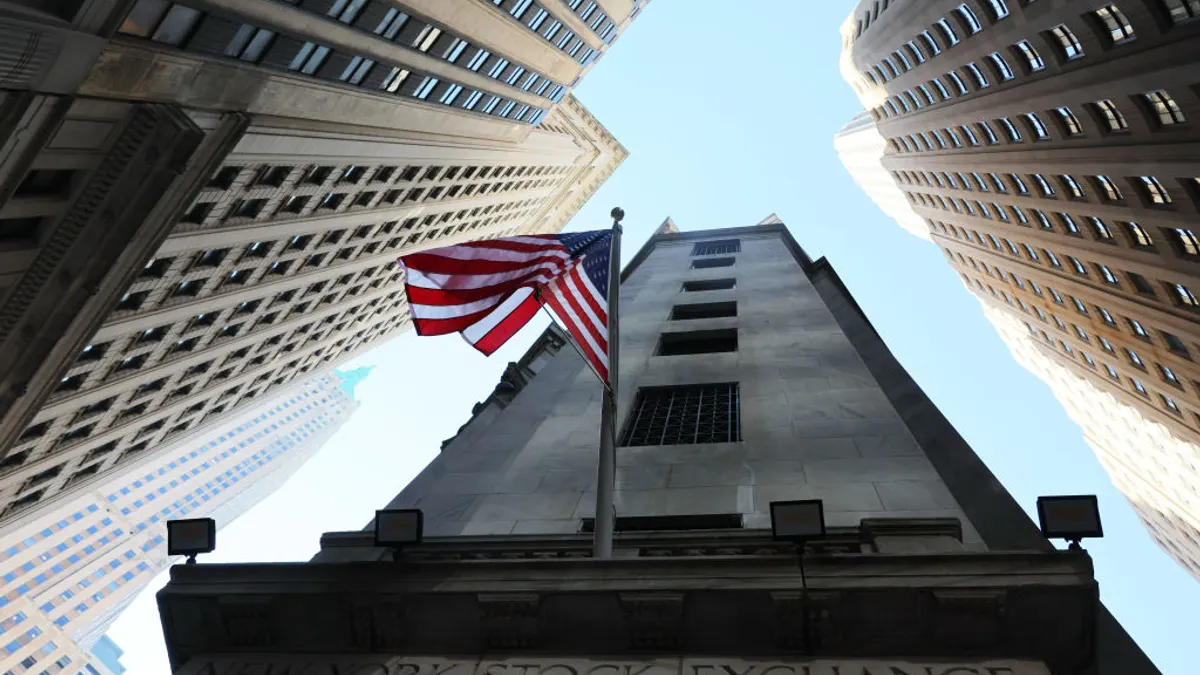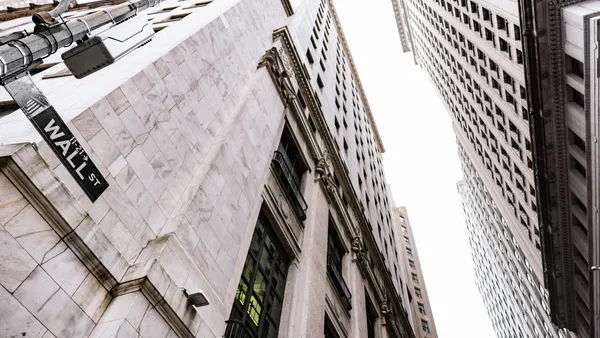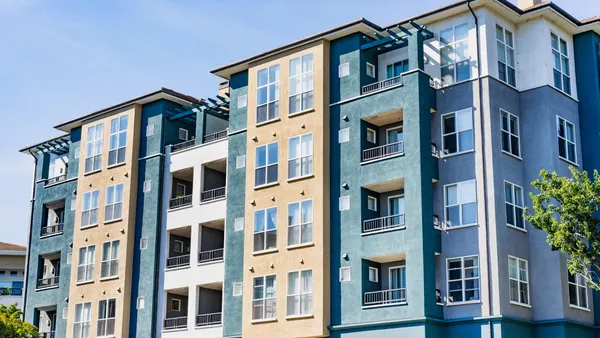Dive Brief:
- Insurance rates are rising for apartment owners around the country. But property owners in areas with climate-related risk are getting hit especially hard, according to a new report from Yardi Matrix.
- In states like Texas and Florida, where Hurricane Ian caused $50 billion in damage last year, insurance costs are nearly 50% higher than in 2022, threatening new development and property sales, according to Yardi. In Florida, rates rose between 15% to 30% in 2022.
- But in some cases, rates could even be higher. Matthew A. Rieger, president and CEO of Coconut Grove, Florida–based Housing Trust Group, the largest affordable developer in Florida, told Multifamily Dive he was instructed to budget for 200% to 300% increases. “We are seeing radical, outrageous increases in property insurance and general liability insurance for our product,” he said.
Dive Insight:
Part of Texas and Florida’s attraction to apartment owners — strong in-migration — is also helping drive insurance increases. Between 1970 and 2020, The Sunshine State’s population density increased by 31.7%, which was the third highest rate nationally, according to the U.S. Census Bureau.
The more homes damaged in extreme weather, the more money it costs to fix or replace them. Yardi cited increases in construction costs from inflation, labor and supply chain issues and the growth in property values as drivers of increased insurance costs.
As extreme weather events become more common — the National Oceanic and Atmospheric Administration identified 18 separate natural catastrophes across the U.S. that resulted in total economic losses of at least $1 billion in 2022 — there are increased concerns that insurers’ business models won’t keep pace with the growing frequency and severity of catastrophes, according to Yardi.
Insurers use reinsurance companies to move portions off their balance sheets. However, those companies have stopped servicing high-risk states or are raising rates by 45% to 100% if they stay, according to Yardi.
Rieger said some insurers pulling out of Florida had a large impact on rising prices. “They were really our last resort,” he said. “So it looks like right now there's just no one to write the insurance, which is why it's going to cost 200% or 300% more than what we're paying to attract someone to take the risk.”
In addition to higher rates, insurers are also covering fewer wind limits on replacement costs (while charging higher deductibles), introducing exclusions for mold or flood endorsements and limiting payouts.
Lenders often require property owners in coastal areas to carry windstorm protection for the total value of an asset. However, as prices increase, that is getting harder to find, especially for affordable owners, according to Yardi.
Adding the additional insurance costs to other increasing prices makes the situation increasingly dire for affordable housing developers. “[The insurance cost increases] alone makes affordable housing untenable,” Rieger said. “You can't build it.”
Click here to sign up to receive multifamily and apartment news like this article in your inbox every weekday.












